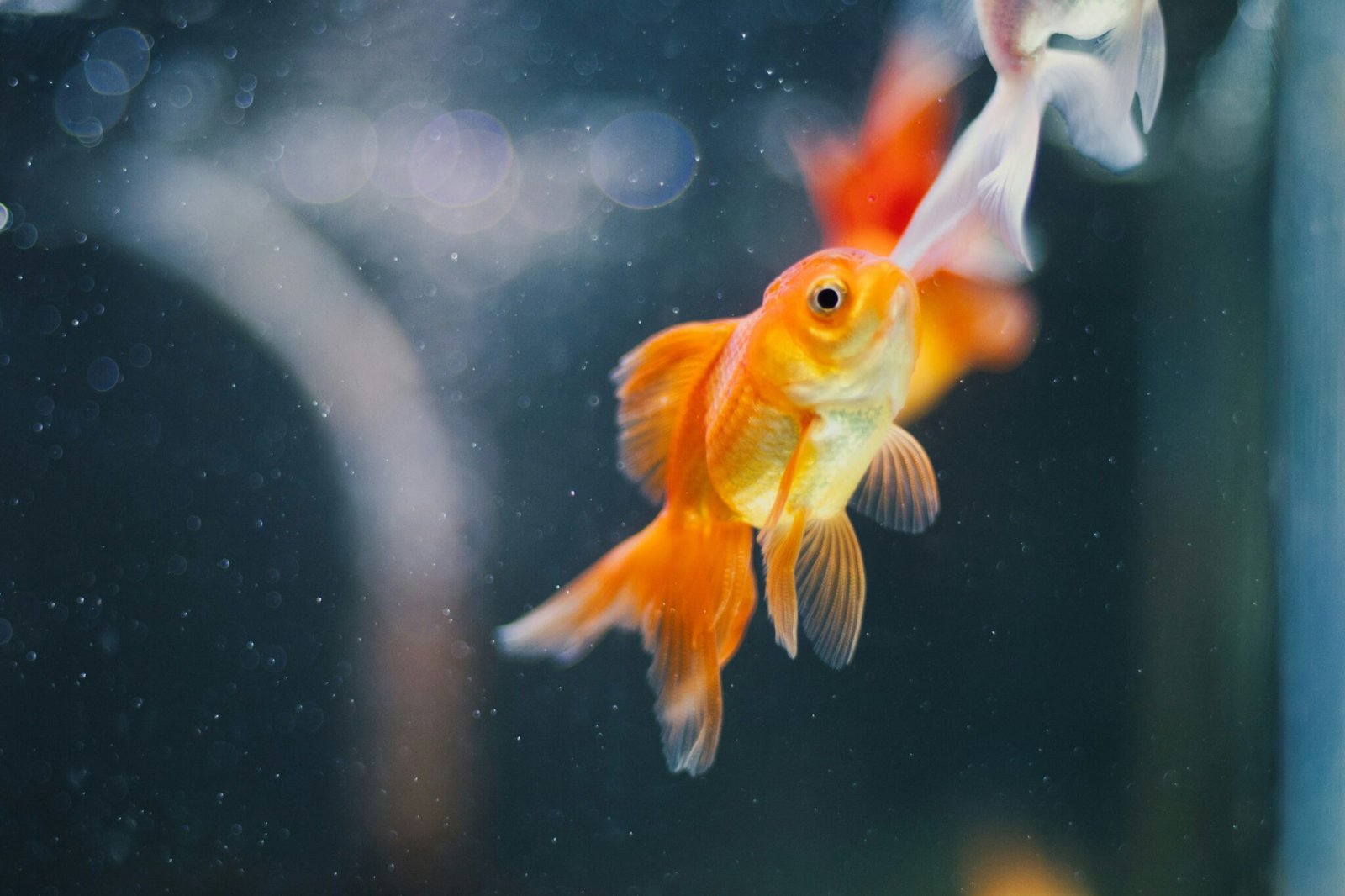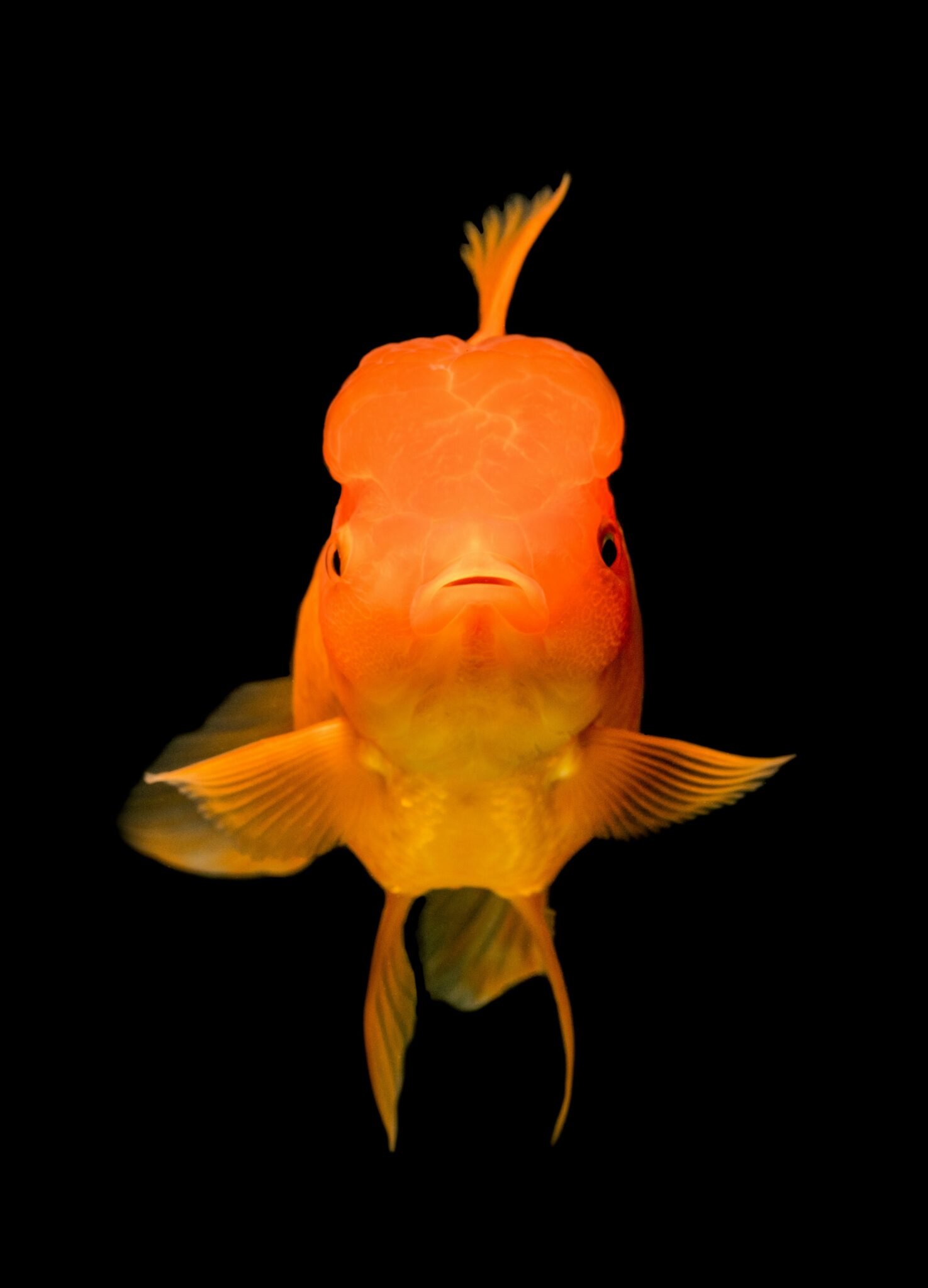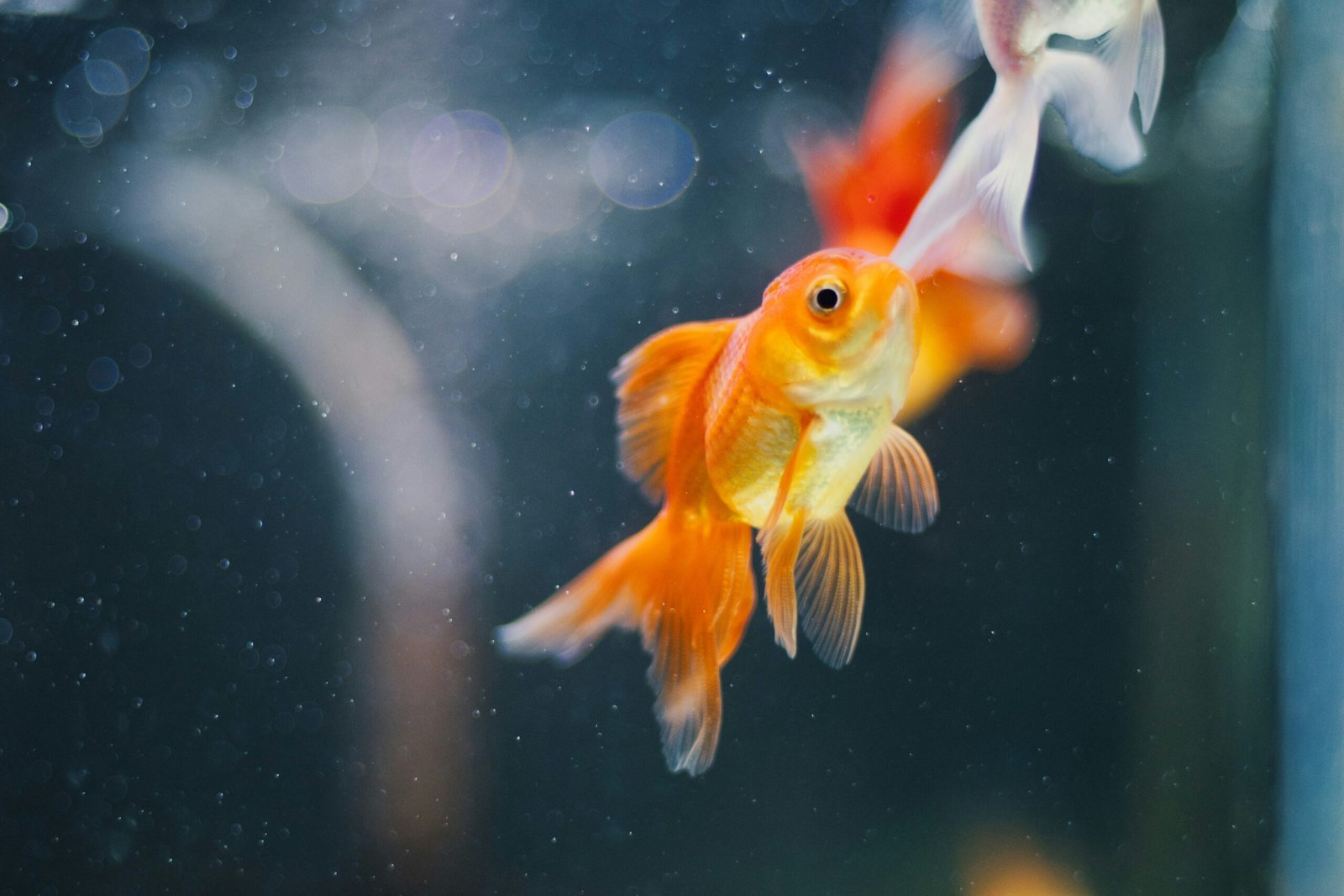
5 Essential Tips And Guidelines For Gold Fish Diet And Care
Understanding the Dietary Needs of Goldfish: Gold Fish Diet And Care
Gold fish diet and care; their dietary requirements are the cornerstone of their wellbeing. Goldfish are more than just colorful tank decorations; they are living creatures with specific needs that must be met to ensure they live long and healthy lives. Gold fish require a proper diet and care that provides them with the necessary nutrients to thrive. The variety of food you offer them, and the frequency of their meals, plays a significant role in their overall health.
Overfeeding is a common issue among goldfish keepers. Many people mistakenly believe that more food equals a happier, healthier fish. However, overfeeding can lead to a host of problems such as poor water quality, which in turn affects the tank environment and increases the need for maintenance and water changes. Excess food decomposes in the tank, leading to spikes in ammonia and nitrites, which are harmful to your fish. On the flip side, when we talk about Gold fish diet and care underfeeding can be equally detrimental, leaving your goldfish without the energy they need to swim, grow, and remain active.
To properly manage the feeding process, it’s crucial to understand the suitable environment for your goldfish. A well-maintained tank that meets the right size specifications allows you to feed your fish adequately without the fear of compromising the water quality. This balance ensures your goldfish get enough food to support their growth and survival.

The Unique Digestion Process of Goldfish: No Stomach, No Problem
As we are talking about Gold fish diet and care, One of the most fascinating aspects of goldfish biology is their digestion process. Unlike humans and many other animals, goldfish do not have a traditional stomach. Instead, they digest their food as it moves through their intestines, where the necessary nutrients are extracted. This unique digestive system is perfectly suited to their omnivorous diet, allowing them to consume a wide variety of foods, from plant matter to small insects and snails.
Goldfish possess pharyngeal teeth, located at the back of their throat, which they use to grind and break down food. As they eat, goldfish also take in gravel, substrate, and other particles. Their ability to sift through these materials is remarkable; they instinctively separate edible bits from inedible ones, ensuring they get the most out of each mouthful. You may notice your goldfish hoovering the substrate at the bottom of the tank or browsing among the plants and decor, searching for bits of leftover food. This behavior is a sign of a healthy, active fish that is fully engaged in its environment.
This natural foraging behavior highlights the importance of providing a varied diet that mimics what they would encounter in the wild. Offering them different types of food not only meets their nutritional needs but also stimulates their instincts and keeps them mentally engaged.
Tailoring The Gold Fish Diet And Care To Different Goldfish Varieties: Singletail vs. Fancy Goldfish
Goldfish are not a one-size-fits-all species. There are significant differences between singletail goldfish and their fancy counterparts, especially when it comes to their digestive systems and dietary needs. A balanced approach to goldfish diet and care is essential for their overall wellbeing
Singletail goldfish, such as the common goldfish, are typically more robust and have a natural, torpedo-shaped body. This body shape allows their internal organs to develop correctly, resulting in a more efficient digestive system. These goldfish can handle a wider range of foods, from floating pellets to flake food, and they are less likely to suffer from digestive issues.
On the other hand, fancy goldfish have been selectively bred for their unique appearances, which often come at the cost of their health. The compact, squashed body shape of many fancy varieties can lead to deformed or misshapen internal organs, including the swimbladder. This makes them more prone to buoyancy issues and other digestive problems. The swimbladder is particularly vulnerable in fancy goldfish, as it can be easily compressed by the intestines, leading to blockages that affect the fish’s ability to swim properly.
Given these challenges, it’s essential to err on the side of caution when feeding fancy goldfish. Quantum differences in body shapes mean that their diet needs to be carefully managed to prevent complications. For instance, sinking pellets are preferable over flake food for fancy goldfish, as this reduces the risk of them gulping air at the water’s surface, which can exacerbate buoyancy issues.

Crafting a Goldfish Diet And Care: What to Feed for Optimal Health
Providing a variety of foods is crucial to maintaining Gold fish diet and care, ensuring they receive all the necessary nutrients for a long, healthy life. For fancy goldfish, it’s recommended to avoid flake food and instead offer high-quality sinking pellets. These pellets are designed to sink to the bottom of the tank, encouraging the fish to feed in a way that is more natural for them and reducing the risk of air ingestion, which can lead to indigestion and buoyancy problems.
Before feeding dry foods, it’s a good idea to soak them in water for a minute or two. This allows the food to absorb water and prevents it from expanding inside the fish’s intestines, which can cause discomfort and even blockages. However, be careful not to soak the food for too long, as this can cause valuable nutrients to leach out.
In addition to Gold fish diet and care pellets, incorporating defrosted frozen foods such as bloodworm, brineshrimp, and daphnia into their diet can provide essential protein and variety. These foods mimic the diet that goldfish would naturally encounter in the wild, keeping them satisfied and healthy. Green vegetables like broccoli, spinach, and courgette are also excellent choices. These can be blanched to make them easier for the goldfish to eat and digested more efficiently. Peas are particularly beneficial, as they help to keep the digestive system functioning smoothly, reducing the risk of constipation and related issues.
For those who want to go the extra mile, gel food is another option. This type of food can be homemade or purchased in powder form, which is then mixed with hot water to form a gel. Repashy Soilent Green is a popular choice among goldfish enthusiasts. This type of food is easy to digest and can be customized with various ingredients to suit the specific needs of your fish and can maintain Gold fish diet and care in proper way.
Additionally, live plants like elodea not only enhance the aesthetic of your tank but also serve as a supplemental food source. These plants provide fibre and can help keep your goldfish’s digestive system in check. Algae wafers are another treat that can be broken up and soaked before feeding, offering a nice change from the usual pellet or flake food.
Don’t overlook the value of exploring other sections of the pet store, such as the tropical fish food aisle. While goldfish-specific food should make up the bulk of their diet, occasionally offering them something different, like earthworm pellets or bottom feeder food, can provide additional protein and keep them engaged with their meals. Even sterlet and sturgeon food can be used as occasional treats.
Feeding Strategies: How Much and How Often Should You Feed Your Goldfish?
Knowing how much and how often to feed your goldfish is just as important as what you feed them. Goldfish are often described as “big fish with big appetites,” and they do require a substantial amount of food to stay healthy. However, it’s better to feed them smaller portions more frequently rather than a single large meal each day. This approach mimics their natural feeding habits and helps prevent overfeeding.
A common strategy is to feed your goldfish twice a day—once in the morning and once at night. In the morning, you might offer them dried food such as sinking pellets, and in the evening, you can give them a mix of veg and defrosted frozen foods. Spreading the food around the tank encourages the fish to browse and search for their meals, which is a natural behavior that keeps them active and engaged.
For younger, smaller goldfish, frequent small meals are ideal, as they are still growing and require more energy. Adult goldfish, on the other hand, do well with daily feedings, although they should still be given a variety of foods to ensure they receive all the necessary nutrients.
When it comes to portion sizes, there is a general guideline often cited: feed only what your fish can eat in a few minutes. However, this can be misleading, as goldfish can consume a surprising amount of food in a short time. A better approach is to start with a small amount and adjust based on your observations. For example, for a fully grown goldfish (about 30cm long), a teaspoon of pellets, two or three algae wafers, or a cube of frozen food should suffice per feeding session.

Leave a Reply